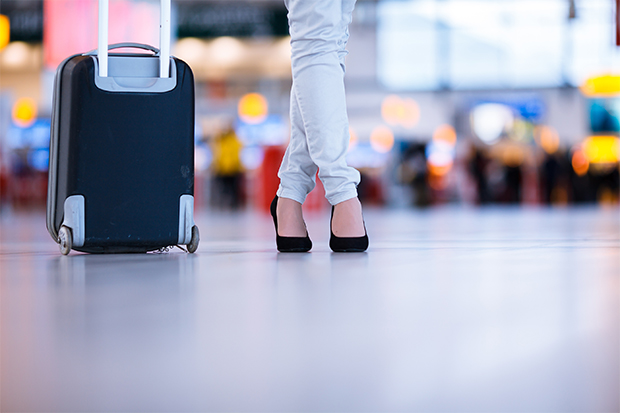Can Melbourne beat Paris to become the best student city in the world?
MELBOURNE has just overtaken London to become the world’s second best city for students. The question is, does Melbourne have a chance to surpass Paris and become number one? Gabriella Ariffin explores.
Mention Paris, and it immediately conjures up vivid images of landmark-studded boulevards, gastronomic food experiences, galleries and museums, and of course, chic boutiques.
But more recently, the City of Light has earned itself a reputation for something else – the world’s best student city. For a third consecutive year, Paris has dominated the top spot since Quacquarelli Symonds (QS) launched the global cities rankings in 2012.
But perhaps the most significant change in the 2015 QS Best Student Cities Ranking – at least to scores of current and former international students – is that the city beloved for its coffee, culture and diversity has climbed the ranks to come in second, ahead of London, Sydney and Hong Kong.
QS Best Student Cities Ranking
Get the original data
| Ranking in 2015 | Ranking in 2014 | City | Overall score |
| 1 | 1 | Paris | 412 |
| 2 | 5 | Melbourne | 397 |
| 3 | 2 | London | 392 |
| 4 | 4 | Sydney | 388 |
| 5 | 7 | Hong Kong | 387 |
| 6 | 8 | Boston | 386 |
| 7 | 17 | Tokyo | 385 |
| 8 | 9 | Montreal | 380 |
| 9 | 13 | Toronto | 375 |
| 10 | 14 | Seoul | 372 |
To be considered for inclusion, a city must first meet two prerequisites: a population of more than 250,000, and at least two higher education institutions featured in the QS university rankings. Cities that have made the cut are then assessed based on criteria including university rankings, student mix, quality of living, employer activity and affordability.
Researchers scored Melbourne a perfect 100 for student mix, which takes into account the student make-up of the city – both overall and from an international perspective. Key indicators include student population, the number of international students studying at ranked universities in the city, ratio of international students to domestic students, and tolerance and inclusion. According to QS, cities with higher proportions of students were likely to be better equipped with the facilities students needed, while cities with high numbers of international students were likely to be prepared to welcome even more.
In the City of Melbourne, the municipality is home to eight universities and more than 200 education institutions. Almost 55 per cent of students living and studying in the city are international students, with a majority from South-East and North-East Asia.
Where Melbourne is ahead of the curve, at least compared to Paris, is in the area of desirability (previously called “quality of living”) as locations for international students – for while students may be seeking exciting cities rich in opportunity, they and their parents are also likely to be concerned about issues such as safety and pollution.
So can Melbourne beat Paris to become the world’s best student city?
Just two points shy of a tie, Melbourne is narrowly behind Paris in the area of employer activity, which measures employer popularity based on the number of employers who identified at least one institution in the city as producing excellent graduates, in QS’s employer survey. International employer popularity carried twice the weight of the domestic alternative.
Perhaps where Melbourne falls horribly short is in the area of affordability – ranked in the bottom 10. According to figures from QS, average tuition fees in Australia (US$22,700)cost almost 10 times higher than in Paris (US$2,400).
And finally, it might come down to university rankings. Paris currently has 17 universities ranked by QS compared to Melbourne with seven, Paris’ top-ranked university Ecole normale supérieure (ENS Paris) is also ahead of Melbourne’s top ranked University of Melbourne at 28th and 33rd place respectively.

